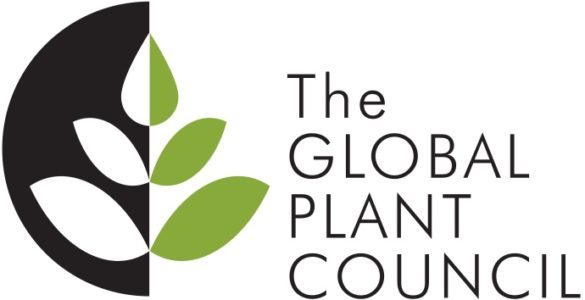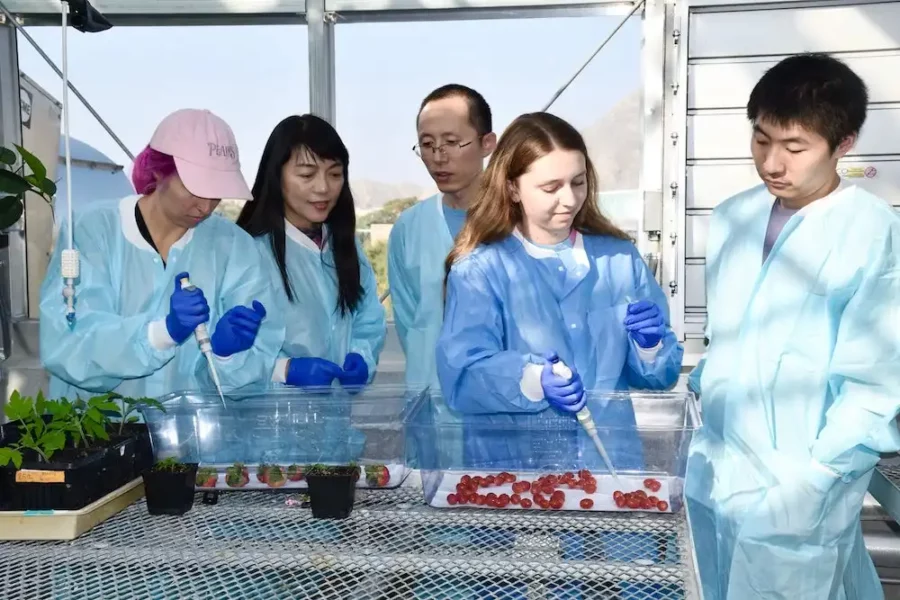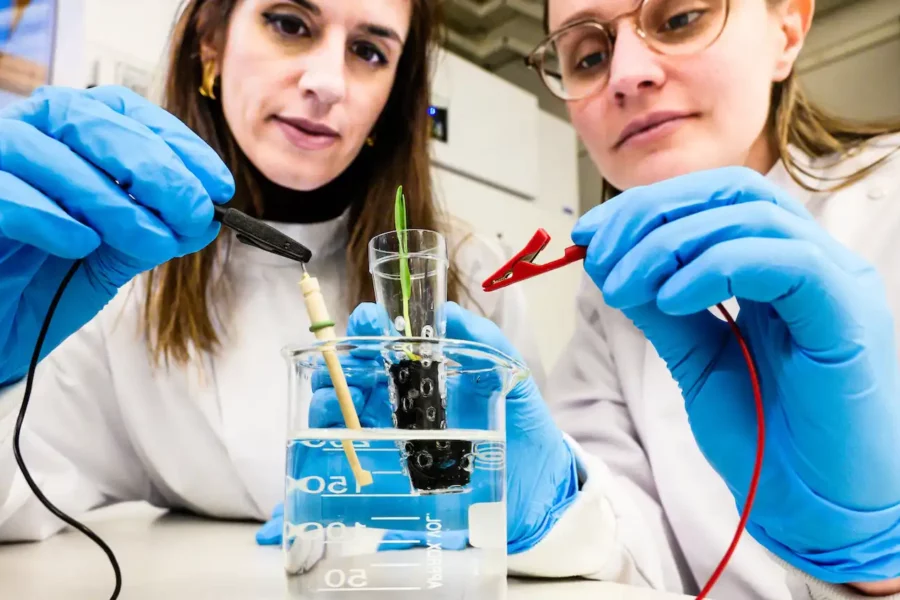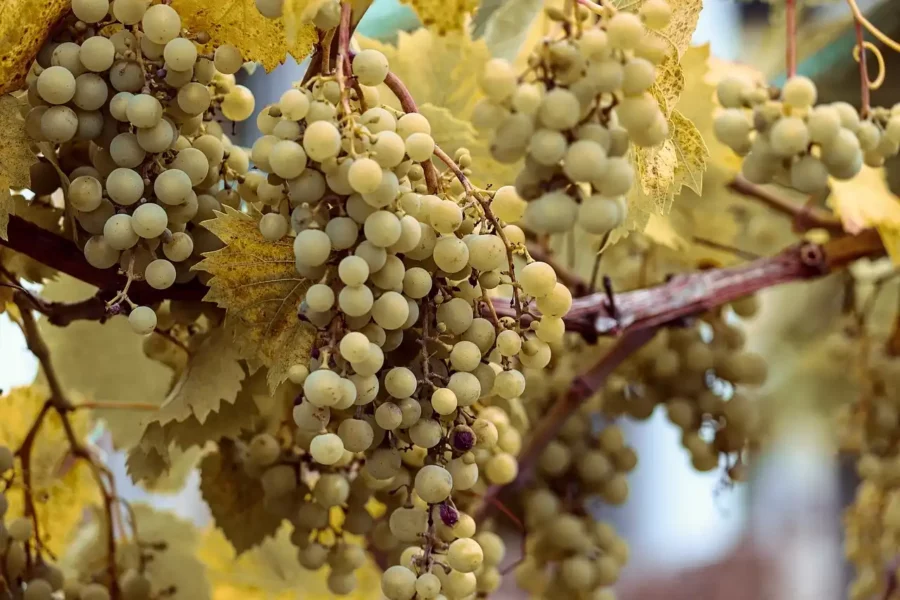Discovery: plants use “trojan horse” to fight mold invasions

Scientists have discovered a stealth molecular weapon that plants use to attack the cells of invading gray mold: plant RNA defense systems hidden in unassuming “bubbles”.
Isabel23/01/2024







